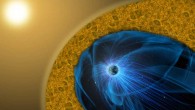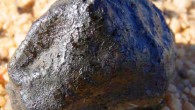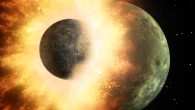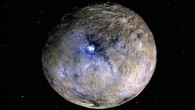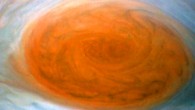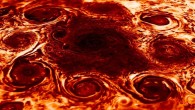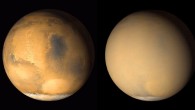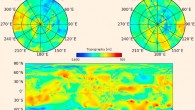A new analysis of data collected by NASA’s Galileo spacecraft in 1997 has found strong evidence that the underground ocean of Jupiter’s moon Europa may be venting plumes of water vapor above the icy shell. The results appear in the journal Nature Astronomy. Artist’s illustration of Jupiter and Europa with NASA’s Galileo spacecraft after its pass through a plume erupting from Europa’s surface. A new computer simulation gives us an idea of...


